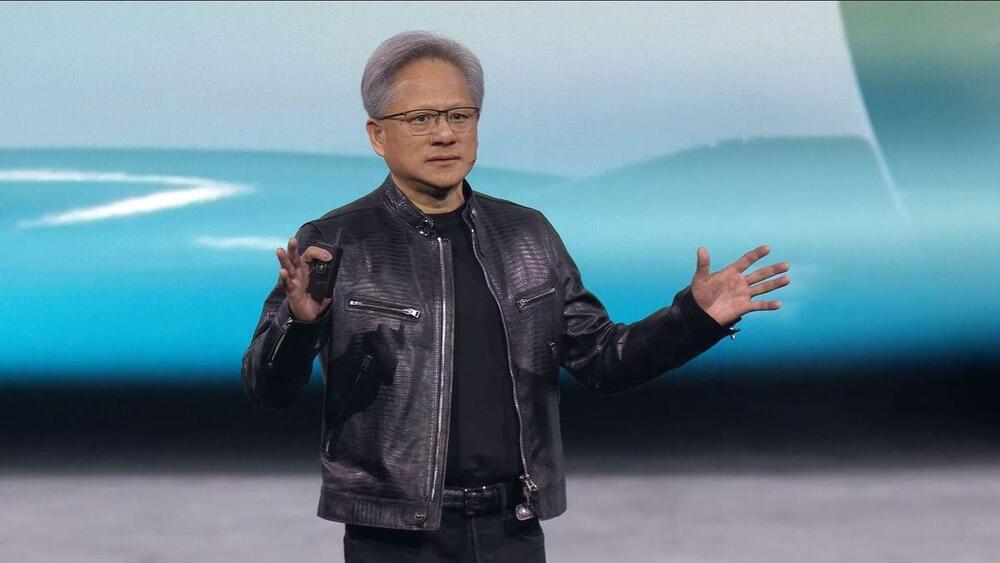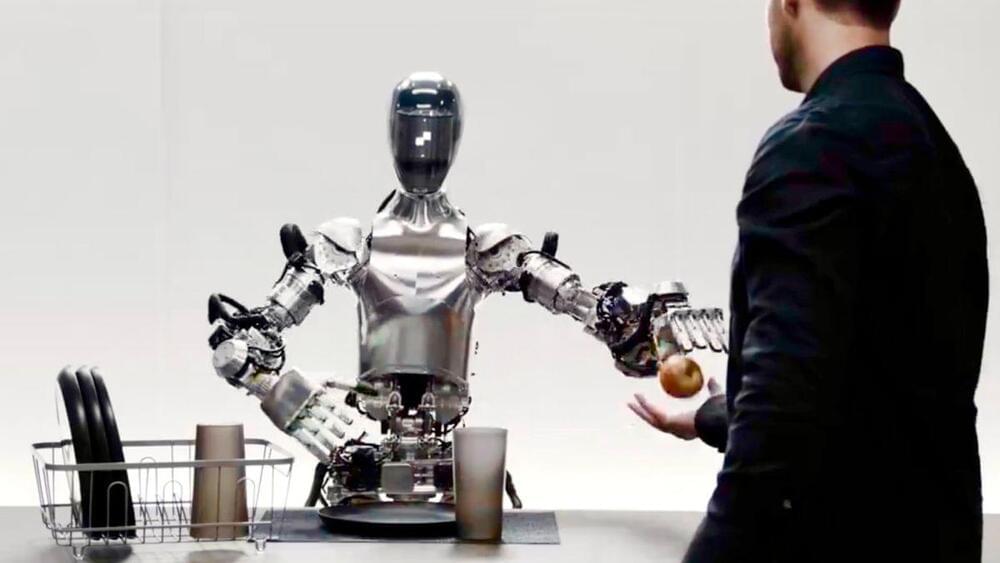GPU inception, with graphics cores processing AI workloads to generate graphics again.




SpaceX’s Starship, despite facing challenges and setbacks, is on the verge of its fourth flight with upgraded engines and is poised to revolutionize space travel with its unprecedented lift capacity.
Questions to inspire discussion.
What is the current status of SpaceX’s Starship?
—The Starship is on the verge of its fourth flight with upgraded engines.

Multiple Australian projects are on the cutting edge of neurotech breakthroughs and man-machine interfaces – raising questions of security and privacy for human minds.

What causes Delusion? The prevailing view is that people adopt false beliefs because they’re too stupid or ignorant to grasp the truth. But just as often, the opposite is true: many delusions prey not on dim minds but on bright ones. And this has serious implications for education, society, and you personally. In this video in collaboration with Gurwinder, we explore the reasons why intelligent people believe irrational things and what can be done to avoid the allure of delusion.
Yay face_with_colon_three
Mercedes-Benz is partnering with U.S.-based robotics firm Apptronik to explore ways that the latter’s humanoid robots can be used at its factories.
A month ago, we were impressed by these robots being able to pick things up, put them in the right spot, open doors and charge themselves. But new video released hours ago makes it clear that autonomous humanoid work is starting to accelerate like mad.
Norwegian robotics company 1X is OpenAI’s other bet in the humanoid game – the bigger recent headline being its investment in, and collaboration with American company Figure.
1X’s Eve robots don’t have legs; they roll around on wheeled platforms. They don’t have the extraordinary hands that companies like Sanctuary AI, Figure and Tesla are making, settling instead for stumpy-looking claw grippers. And they’re pretty underwhelming to look at, too – their smiley faces, frankly, look silly, and as we’ve noted before, they’re draped in little tracksuity arrangements that make them appear like they’re late for their luge race.